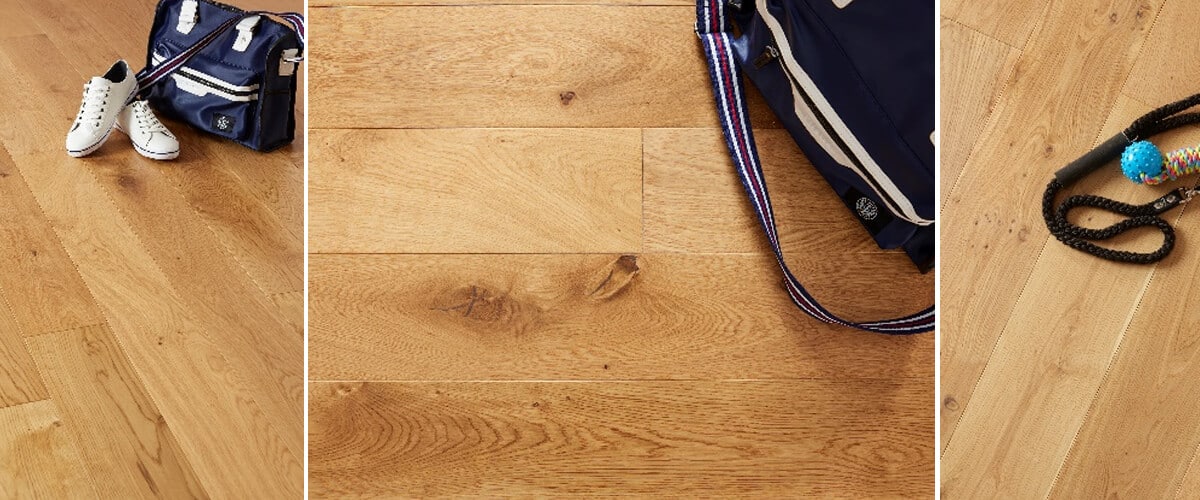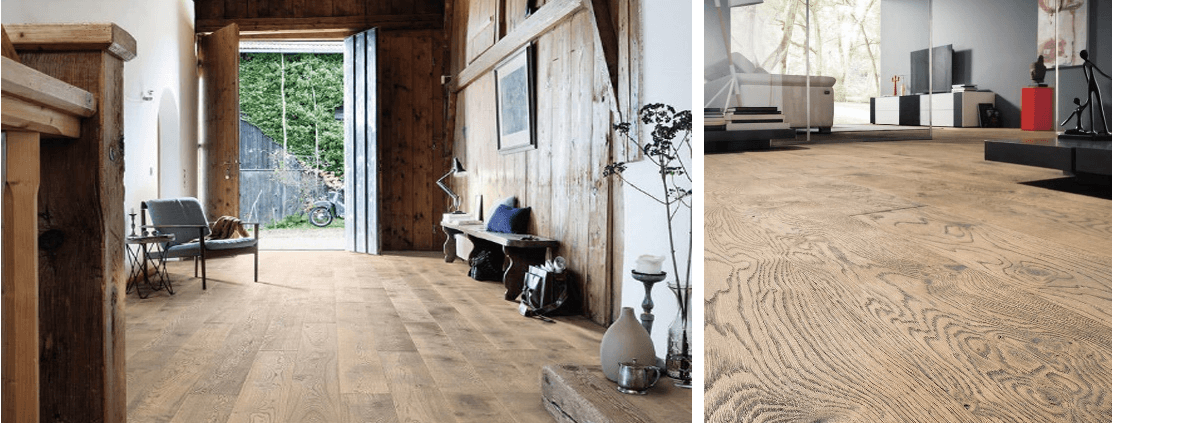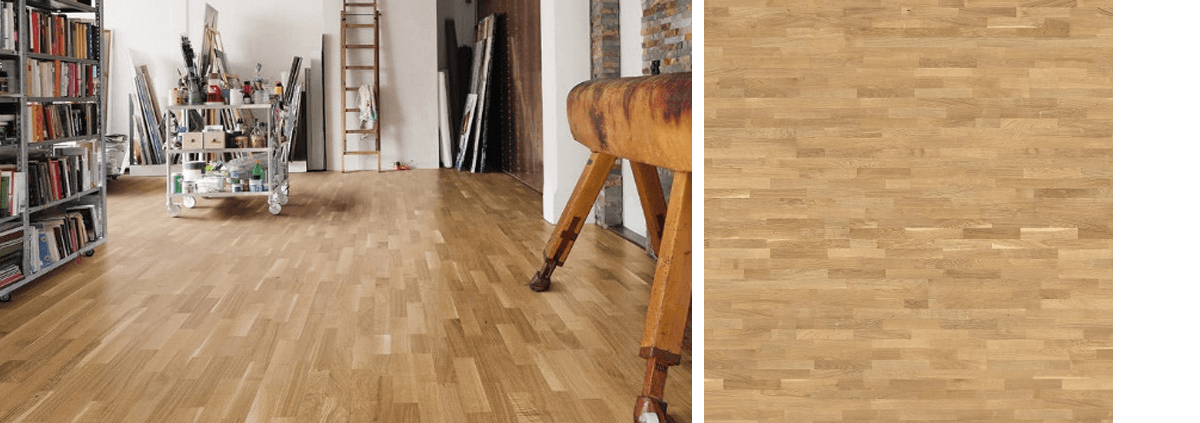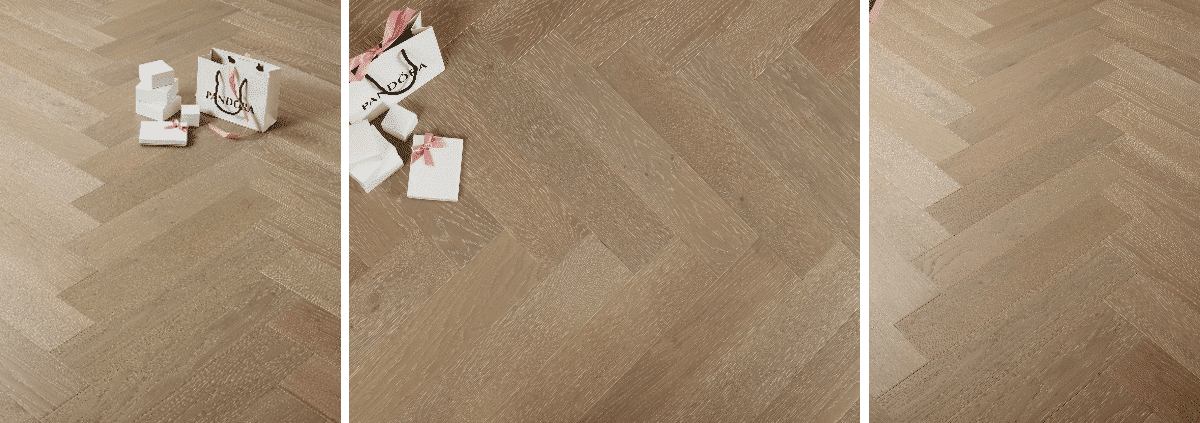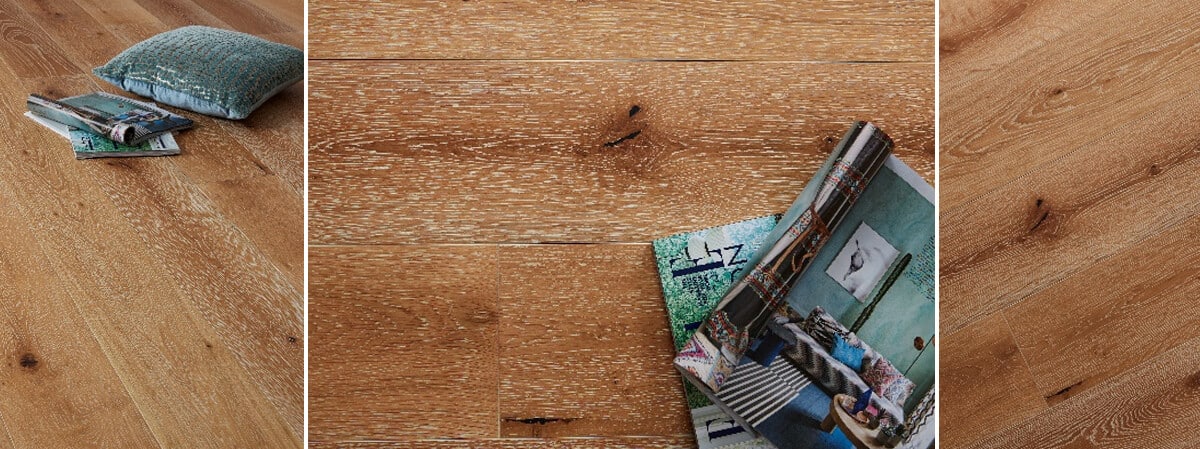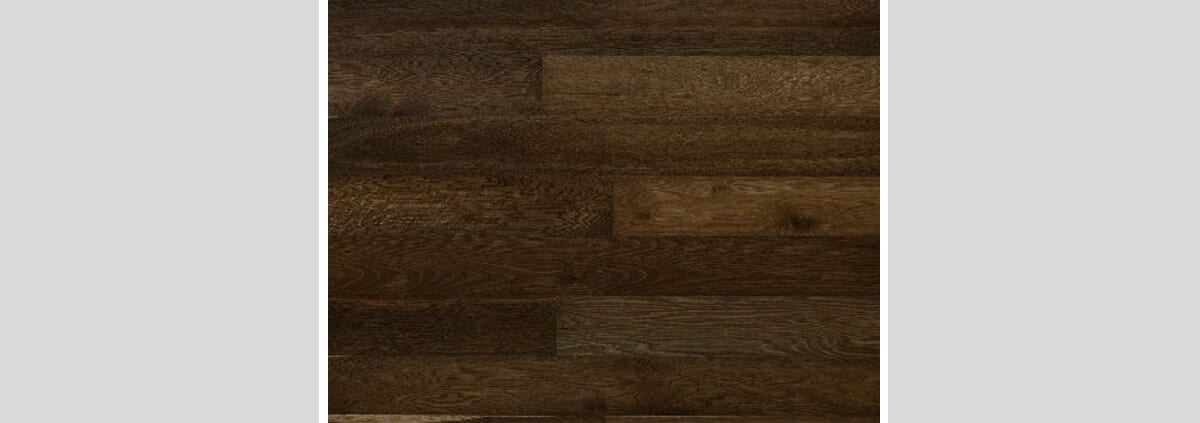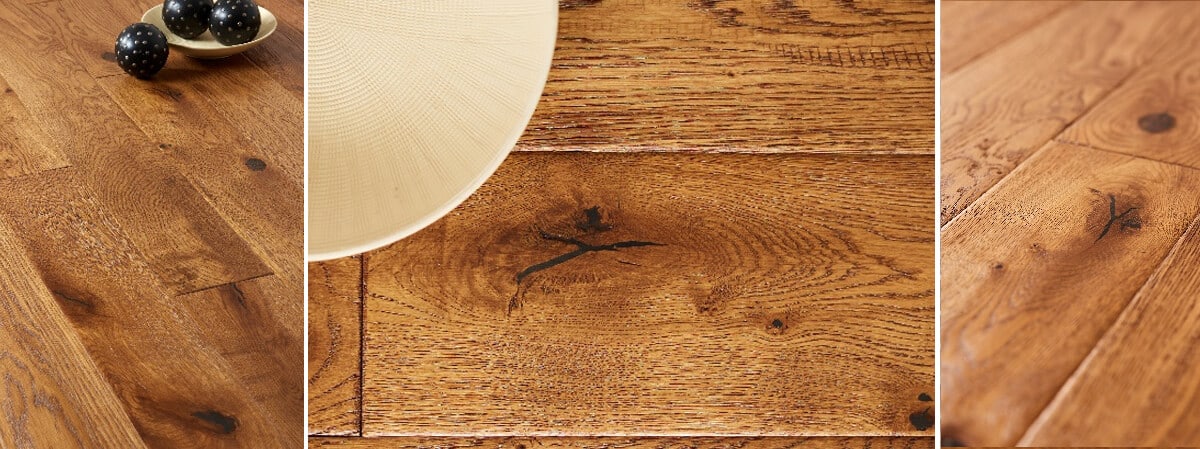Restoring Old Floorboards Under Carpet: 7 Expert Tips
Restoring Old Floorboards Under Carpet: The Complete London Homeowner’s Guide
Discovering old floorboards beneath your carpet in a London home is like unearthing a hidden treasure. Restoring these original floorboards not only revives the charm and character of your property but also offers a cost-effective way of elevating your interior. This detailed guide covers everything homeowners in London need to know about restoring old floorboards under carpet, from initial assessment to finishing touches. For more insights on traditional flooring techniques and preservation, visit the Historic England guide to wooden floorboards.
Why Restore Old Floorboards in London Homes?
Many period properties across London — from charming Victorian terraces in areas like Hampstead and Islington to Georgian homes near Bloomsbury — originally featured solid wooden floors that were later covered with carpets or laminate. Restoring these floors:
- Preserves heritage and style that enhances your home’s unique story and architectural integrity.
- Adds value to your property by maintaining original features highly sought after in the London property market.
- Offers a durable flooring solution with real wood’s longevity when properly restored and maintained.
- Creates warmth and luxury in bedrooms, living rooms, and kitchens, improving overall ambiance and comfort.
For understanding the impact on property value and conservation, see the RICS insight on original flooring value.
Step-by-Step Guide to Restoring Old Floorboards Under Carpet in London
1. Removing the Carpet Carefully
Start by gently pulling back the carpet to inspect the condition of your floorboards. London homes often have layers of carpeting that may have hidden historic floorboards for decades. Use careful tools to lift the edges without damaging the wood beneath. Professional services, like those offered by Nationwide Hardwood Flooring Company, can assist with careful carpet removal and proper floor preparation.
2. Assess the Floorboard Condition
Look for signs of wear such as loose, cracked, or damaged boards. Some areas, especially near kitchens or radiators, might have nail holes, water damage, or woodworm, common in older London properties. Identify boards that need replacement or repair. Expert restoration specialists use assessment techniques detailed in our portfolio of restored floors to evaluate and treat damage effectively. For more on timber health, refer to the Forest Research on wood pests and diseases.
3. Repair and Replace Damaged Boards
Use reclaimed timber specially sourced from London reclamation yards to replace damaged boards where necessary. Repairs should include fixing loose boards with nails or screws hammered slightly below the surface, and filling minor holes with wood filler matching the board’s natural color. Explore flooring options like Barn Multi-Ply Flooring or Loch Tay Multi-Ply Flooring for restoration projects with authentic wood materials that provide durability and aesthetic appeal.
4. Sanding the Floorboards
Rent or hire professionals with floor drum sanders and edging sanders. The sanding should be done along the wood grain for an even finish. Multiple grits from coarse to fine (P40 to P120) ensure removal of old paint or finish, smoothing out the surface for the final treatment. Professional sanding services available in London guarantee dust containment and efficient dust-free technology, such as those used by Nationwide Hardwood Flooring Company. For sanding safety tips and techniques, see the Safeopedia guide on floor sanding.
5. Cleaning Between Boards
Deep clean the spaces between boards by scraping out dirt and old adhesive residues with a screwdriver or vacuum cleaner. This prevents dust build-up and creates a better seal for finishing, ensuring longevity and overall floor quality. Refer to general floor cleaning recommendations at Which? on wood floor cleaning.
6. Filling Gaps
Gap filling is optional but recommended for a draught-free floor. Use resin fillers blended with fine sanding dust or wood fillets cut from reclaimed London timber to fill wider gaps. This flexible approach maintains authenticity and stability, matching the traditional London home aesthetics often sought in projects using herringbone multi-ply options. For more on gap filling, explore expert advice at the Wood Magazine guide.
7. Staining and Sealing
Choose a stain or finish appropriate for your floor’s natural color and desired sheen — oil, varnish, or lacquer. Each option protects while enhancing the wood’s grain and warmth. Many London homeowners prefer natural oil-based finishes for their breathable qualities, available alongside other premium finishes at The Primes Engineered Flooring collection. Learn more about floor finishes and their benefits at the EPA guide on floor finishes.
Tips for Maintaining Restored Floorboards in London
- Use furniture felt pads to avoid scratches on hardwood in higher traffic areas like kitchens or hallways.
- Regularly clean floors with soft brooms or vacuum cleaners designed for wood floors.
- Avoid excessive water and harsh cleaning chemicals that damage the wood surface.
- Schedule periodical re-oiling or re-sealing every few years to maintain luster and protection.
Benefits of Choosing Nationwide Hardwood Flooring Company in London
With extensive experience restoring and installing floors across London, Nationwide Hardwood Flooring Company offers expert floor contractors who understand historic London homes and modern requirements. We specialise in hardwood floor installation, engineered flooring, and bespoke herringbone and chevron flooring solutions that fit seamlessly within London’s diverse architectural styles. See our premium options such as Burghley Herringbone Flooring and Herringbone Solid Solid Flooring.
Call us on 07940 528 315 or email enquiries@nhfcompany.co.uk to discuss your flooring project and get a personalized estimate tailored to your home’s needs.
Local London Considerations for Floorboard Restoration
London’s climate, with its humidity variations, means that timber reacts by expanding and contracting slightly. Our restoration process accounts for this dynamic, ensuring that floorboards are properly secured and finished to withstand seasonal changes. Additionally, many London homes have listed status or conservation area restrictions requiring sensitive restoration methods that our contractors expertly navigate. For more on conservation guidelines, visit English Heritage’s advice for homeowners.
Common Flooring Terms Related to Floorboard Restoration
- Engineered Wood Flooring: A composite wood product that offers stability and aesthetic appeal. Explore selections like Haro Engineered Flooring and Timbertop Engineered Flooring.
- Herringbone Flooring: A patterned wood floor style popular in London period properties, with variety offered in our Eastbury, Benton, and Witley ranges.
- Solid Oak Flooring: Traditional flooring made from solid oak planks.
- Parquet Flooring: Geometric patterned wood flooring typical in historic London flats.
- Timber Floorboards: Natural wood planks that form the basis of restored floors.
Conclusion
Restoring old floorboards under carpet in London is a rewarding project that preserves your home’s unique character while adding long-lasting value. With professional guidance and correct techniques, your hardwood floors can be transformed into stunning features that highlight London’s architectural heritage. Contact Nationwide Hardwood Flooring Company today for expert advice and reliable service and ensure the longevity of your flooring investment.


